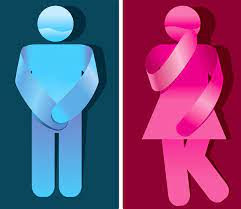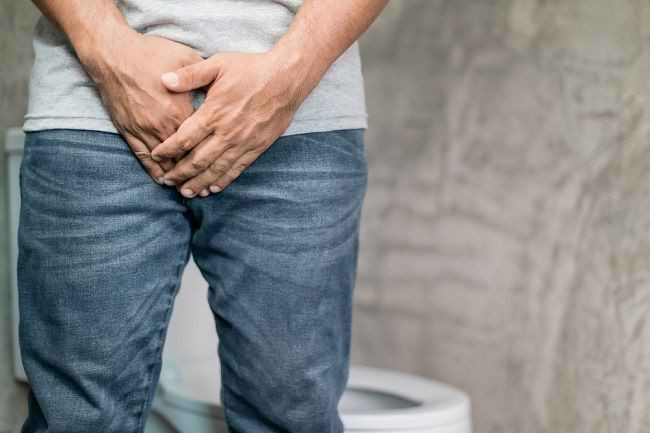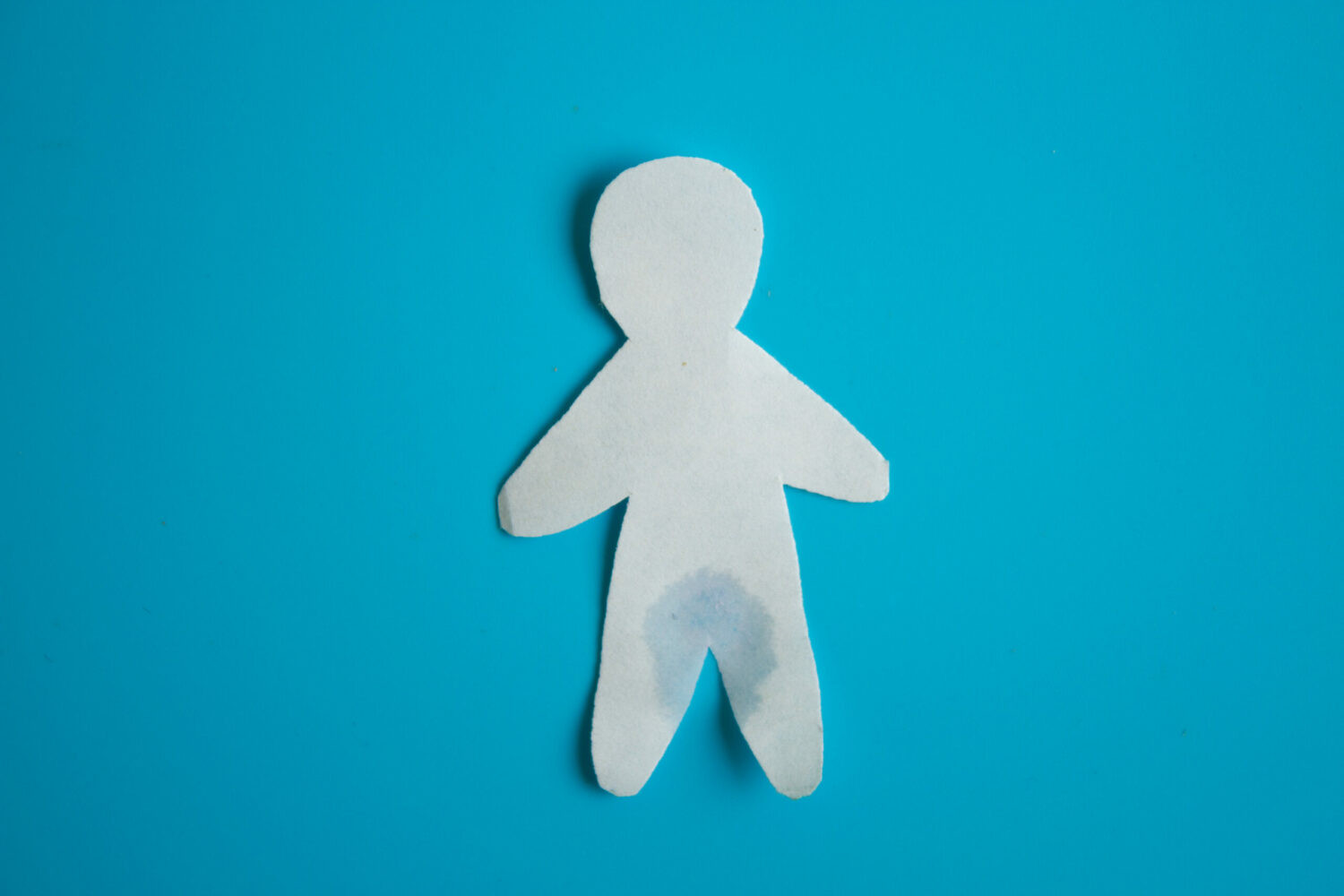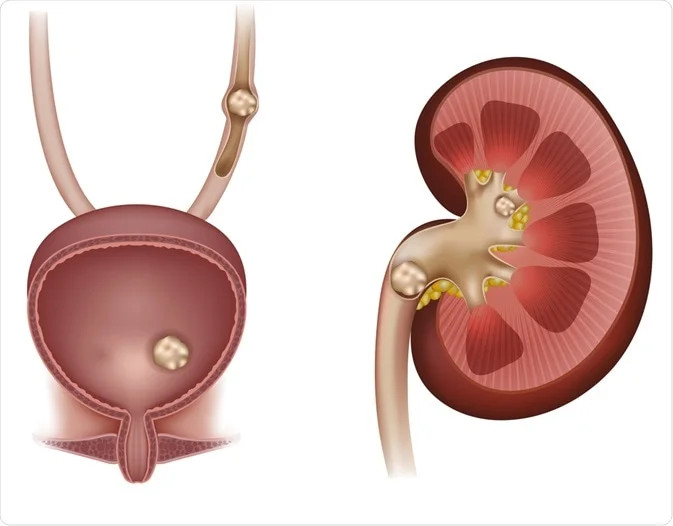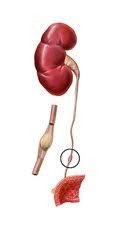Definition
Urinary incontinence is a condition in which a person loses control over their bladder, leading to involuntary leakage of urine. This is a widespread issue, with severity ranging from occasional leaks when coughing or sneezing to sudden urges to urinate and leakage before reaching the bathroom.
Urinary incontinence is quite common in elderly individuals, affecting 38-55% of women over 60 years old. This condition occurs twice as often in women as in men. However, urinary incontinence is not an inevitable consequence of aging. If this condition affects your daily activities, do not hesitate to consult a doctor. For most people, dietary changes, food consumption, and lifestyle adjustments can improve symptoms of urinary incontinence.
Causes
There are several types of urinary incontinence, each with its own distinct causes. Some of the main types include:
- Stress Incontinence
Stress incontinence occurs when pressure on the bladder leads to unintentional urine leakage. This pressure often happens during activities such as coughing, sneezing, laughing, exercising, or lifting heavy objects. Weakness in the muscles of the urethra and pelvic floor, which help prevent urination, can contribute to this type of incontinence.
It's important to note that the term 'stress' refers to physical stress on the bladder rather than emotional stress.
- Urge Incontinence
Urge incontinence involves a sudden, strong urge to urinate that cannot be controlled, leading to leakage before reaching the toilet. This condition is typically caused by overactive detrusor muscles, which control bladder function. Individuals with urge incontinence may also experience frequent urination, including waking up at night to urinate. Other potential causes include urinary tract infections, nerve disorders, benign prostatic hyperplasia, or diabetes.
- Overflow Incontinence
Overflow incontinence occurs when the bladder does not fully empty during urination, resulting in frequent dribbling or continuous urine leakage. This condition is often caused by a blockage in the bladder that disrupts urine flow, leading to urine accumulation and subsequent leakage. Common causes of blockage include an enlarged prostate gland, bladder stones, urethral narrowing, or constipation.
- Total Incontinence
Total incontinence involves continuous urine leakage due to the bladder's inability to store urine. This condition can be caused by various factors, such as congenital bladder abnormalities, spinal cord injury, or the presence of a fistula (a small channel) between the bladder and surrounding tissues.
Urinary incontinence can also be triggered by certain medications. These include:
- Antihypertensive medications, specifically ACE inhibitors
- Diuretic medications, Antidepressants
- Hormone replacement therapy
- Sedative medications.
Risk factor
Several factors can increase the risk of urinary incontinence:
- Family history: Individuals with a family history of incontinence are more likely to experience it themselves, particularly if other family members have had similar issues.
- Age: Urinary incontinence becomes more prevalent as individuals age, with the risk increasing notably in those aged 80 years or older.
- Lower urinary tract symptoms (LUTS): These encompass a range of symptoms related to urinary dysfunction, including:
- Heightened urge to urinate
- Increased frequency of urination
- Inability to retain urine
- Nocturia (excessive urination at night)
- Urinary dribbling
- Incomplete emptying of the bladder
- Straining or hesitancy during urination
- Irritation of the bladder
- Difficulty emptying the bladder completely
Symptoms
The symptoms of urinary incontinence vary, which are:
- Stress Incontinence
Urinary leakage occurs due to increased pressure on the abdomen and bladder, typically during activities such as coughing, laughing, climbing stairs, lifting heavy objects, or exercising. The amount of leaked urine is usually small, but it can be more significant, especially when the bladder is full.
- Urge Incontinence
Characterized by a sudden and intense urge to urinate, individuals affected by this type of incontinence often cannot delay voiding and may experience urine leakage (urinary dribble) before reaching the toilet. This urge can also occur during sexual intercourse, particularly during orgasm, and may be triggered by sudden positional changes or the sound of running water.
- Overflow Incontinence
This type of incontinence is marked by a constant dribble of urine and frequent urination. Individuals may feel like their bladder is never fully empty, even after attempting to urinate.
- Total Incontinence
In this condition, the bladder cannot retain urine at all, resulting in continuous or frequent large-volume urinary leakage.
Diagnosis
The doctor will inquire in detail about your symptoms. They may also conduct a physical examination. Additionally, the doctor might recommend keeping a record of your fluid intake and urination frequency throughout the day. Several diagnostic tests may be performed, including:
- Urinalysis a microscopic and macroscopic examination of urine.
- Post-void residual urine test, which measures the amount of urine left in the bladder after urination.
- Cystoscopy a procedure to visualize the bladder by inserting a small tube with a camera into the urethra.
- Urodynamic testing a procedure to assess the function of the bladder, urinary sphincter muscles, and urethra in storing and releasing urine.
Management
The management of urinary incontinence consists of lifestyle management and surgical procedures. In the initial stages, the doctor may recommend some simple ways to help alleviate symptoms, such as:
- Lifestyle changes such as weight loss and reducing caffeine and alcohol intake.
- Pelvic floor muscle exercises to strengthen the pelvic muscles.
- Bladder training, where an individual learns to wait longer before urinating when the urge to urinate arises.
Additionally, products such as urinary absorbent pads and urine collection devices can be beneficial. If symptoms remain uncontrollable after lifestyle changes, the doctor may recommend medications. Surgical procedures may also be considered as an option to address persistent urinary incontinence.
Complications
Complications that can occur due to urinary incontinence include:
- Urinary tract infections.
- Skin problems: Individuals with urinary incontinence are more likely to experience wounds, rashes, or skin infections because the skin remains constantly moist. This is detrimental to wound healing and also triggers fungal growth.
- Kidney dysfunction.
- Psychological and social function disturbances.
Prevention
Urinary incontinence cannot always be prevented, but there are several ways to help reduce the risk of this condition. These methods include:
- Maintaining an Ideal Body Weight
Obesity increases the risk of urinary incontinence, so controlling weight through regular exercise and a healthy diet can help reduce this risk. You can use a healthy weight calculator to determine if you have a healthy weight.
- Reducing or Stopping the Consumption of Alcohol and Caffeinated Beverages
Depending on the bladder issues you are experiencing, your doctor may advise on the amount of fluid you should drink. If you have urinary incontinence, try to reduce:
- Alcohol
- Caffeinated beverages such as tea and coffee
- Sodas like cola
These drinks can cause the kidneys to produce more urine and irritate the bladder. The recommended limit for alcohol consumption per week is 14 units or 140 ml. If you frequently urinate at night, try to drink less before bedtime, but ensure you still drink enough water during the day.
- Staying Active and Ensuring Your Pelvic Muscles Remain Strong
Pregnancy and childbirth can weaken the muscles that control the flow of urine from the bladder. If you are pregnant, strengthening the pelvic muscles can help prevent urinary incontinence. Pelvic muscle exercises to strengthen the pelvic muscles can be helpful for everyone.
When to see a doctor?
The complaint of urinary incontinence can significantly disrupt daily activities. In men, urinary voiding disorders can also be a symptom of an enlarged prostate gland. It is advisable to consult a doctor if you experience urinary incontinence.
Looking for more information about other diseases? Click here!
- dr Hanifa Rahma
Urinary incontinence. (2022). Retrieved 28 June 2022, from https://www.nhs.uk/conditions/urinary-incontinence/
Urinary incontinence - Symptoms and causes. (2022). Retrieved 28 June 2022, from https://www.mayoclinic.org/diseases-conditions/urinary-incontinence/symptoms-causes/syc-20352808
Urinary Incontinence: Practice Essentials, Background, Anatomy. (2022). Retrieved 28 June 2022, from https://emedicine.medscape.com/article/452289-overview


